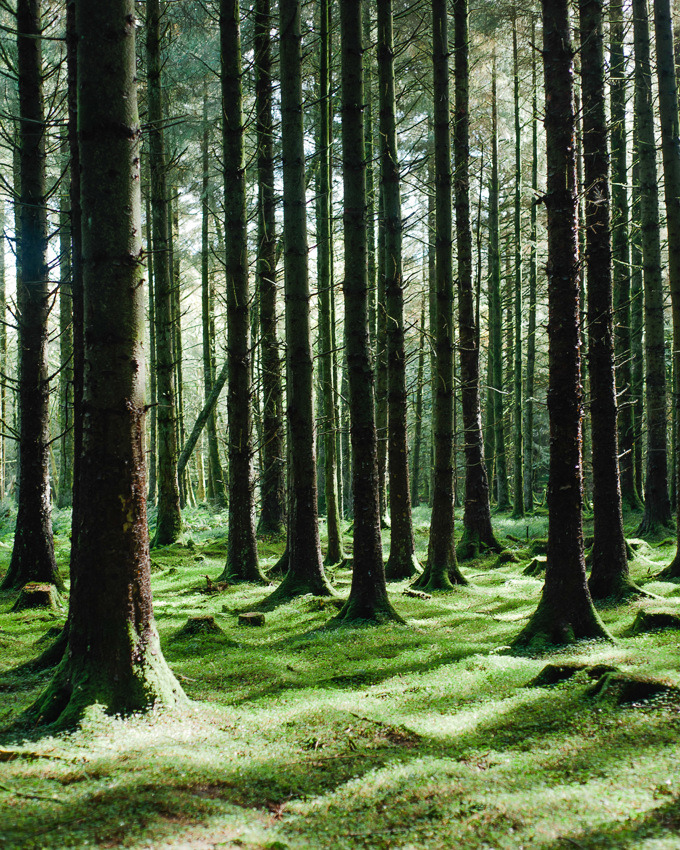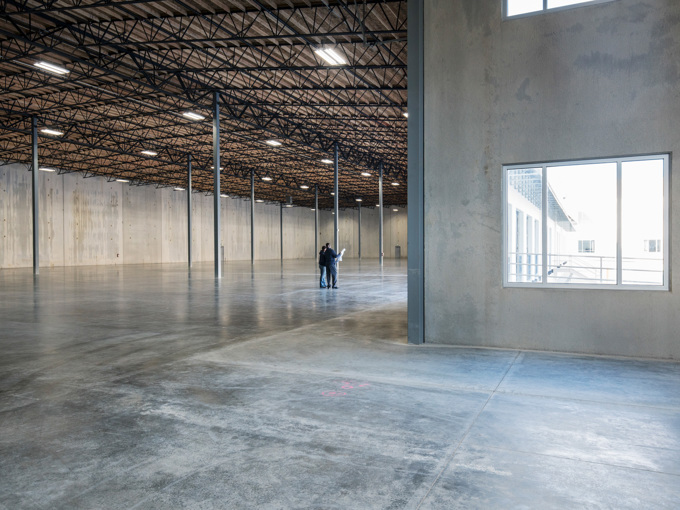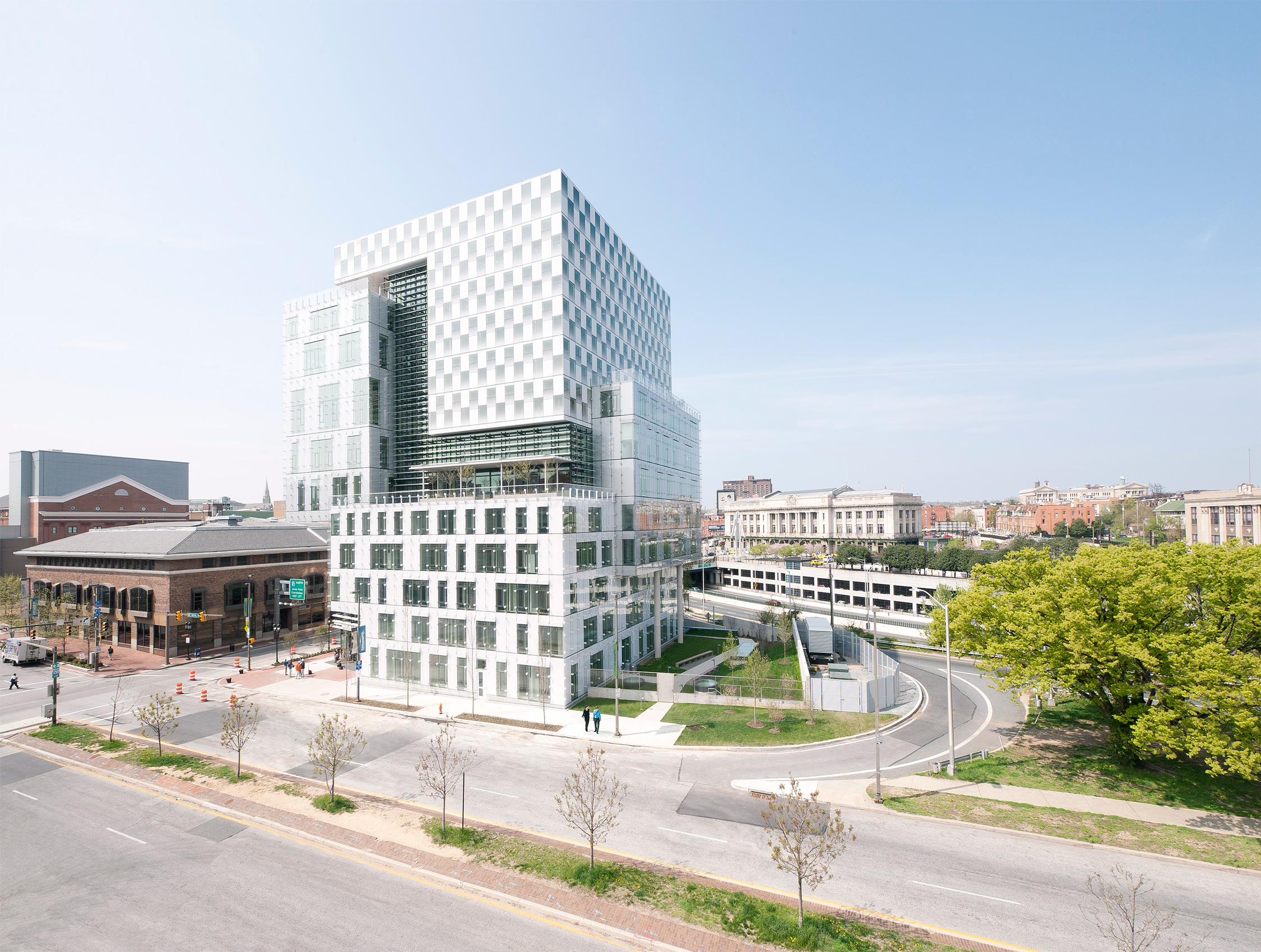Green building practices accelerate around the world. Not only do these practices preserve environmental value and scarce resources; they also offer economical and sustainable benefits to building owners and society at large. To cut costs while protecting the environment building owners are turning to various green building practices in 2021. Below are 7 popular trends within the building industry that may inspire you.
#1: Green Buildings Get Smart: Cloud computing and Big Data analytics provide grow in power and application
Building owners and third-party service companies increasingly manage larger buildings remotely. They do so by using software platforms that provide performance monitoring, data analytics, visualization, fault detection and diagnostics, portfolio energy management and text messaging. All using the cloud. Intrigued? Read about WindowMaster’s cloud solutions for indoor climate control.
Read more
#2 Request for automated (IoT) HVAC systems
Building owners have realized that energy spent on HVAC can go from a major to a minor cost by making the system intelligent, automated, and centrally controlled. With the Internet of Things, all indoor climate systems including ventilation, solar shading and heating can cooperate instead of working in silos. Want to know more? See how WindowMaster uses IoT in our newest climate control solution.
See more
3# Biophilic design
Biophilic design has made its entrée into the building industry. And for a good reason. Nature can benefit us, both biologically and psychologically according to numerous studies. Historically, buildings were designed to separate us from nature, but with today’s trends, that has significantly changed. The aim of the biophilic design is to bring nature and its elements, including fresh air, back into buildings. Want to read about how automated natural ventilation brings fresh air into buildings?
Read more
#4 Retrofitting what’s worth keeping
Instead of tearing down and building new, it can pay off to refurbish an existing building to make it more efficient, better for the environment and sustainable for the future. Green retrofit can consist of smaller projects and does not necessarily require a complete refurbishment of an existing building. Converting a mechanical ventilation system into a natural or mixed mode system is a gentle and non-invasive method to lower carbon emission. Interested? Contact us for more information about retrofitting with natural ventilation.
Contact us
#5 Circular economy
Reaching net zero operational carbon is not the only factor that makes a building sustainable. More and more focus also goes into the building life cycle from embodied carbon to end-of-life disposal or recycling. We still use steel, concrete, and glass in the building industry. But building owners are showing a growing interest in internal products that use less raw material and require less space. Natural ventilation not only reduces the operational carbon footprint but also needs less raw material in the production cycle. Want to hear more about our automated natural ventilation systems?
Read more here
#6 Higher demand for green building materials
Green building materials such as wood and volatile organic compound(VOC)-free paint have existed for some time. Leadership in Energy and Environmental Design (LEED) certification promotes the idea of using fewer resources and green building materials. One of the ways the construction industry can do so is by using LEED-certified construction equipment and materials. Some new VOC-free paint even include compounds that can remove additional VOCs from the environment, improving building health. So far, 2021 is seeing an uptick in the use of these sustainable building materials. Want to know more about LEED-certification of WindowMaster products?
Read about it here
#7: Cities and states demand building performance disclosure from owners
Most large and mid-sized cities are on board with implementing the new climate agreement stemming from the Paris Climate Accord of 2016. Dozens of large and medium-sized cities now require commercial building owners to disclose actual building energy performance to tenants, buyers, and in many cases to the public. Contact an Expert to hear how you can lean into these sustainable construction trends.
Contact an Expert
